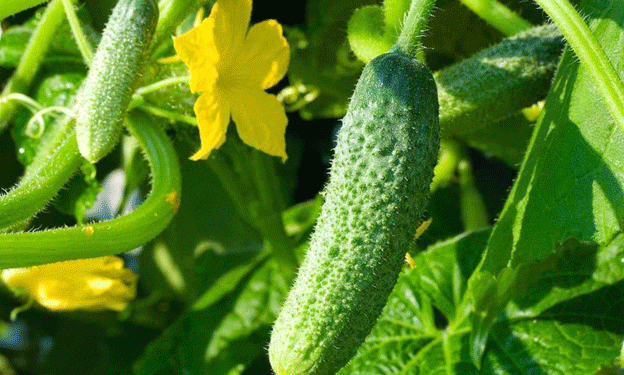In the frigid climates of Northern Kazakhstan, the Green North greenhouse complex is making a remarkable impact on local agriculture. Established just last year, this facility focuses exclusively on cucumber production, utilizing cutting-edge technology and innovative techniques to maximize yield and quality.
Green North operates with a hydroponic growing system, a method that significantly differs from traditional soil-based farming. Instead of cultivating cucumbers in soil, they use mineral wool as an inert substrate. This allows for precise control over nutrient delivery and water management. According to Irina Boeva, an agronomist at Green North, each plant receives a tailored nutrient solution that changes according to its developmental stage. This approach ensures optimal growth conditions and maximizes productivity.
Recent data highlights the effectiveness of hydroponic systems in enhancing agricultural output. For instance, research shows that hydroponic greenhouses can produce up to 50% more crops per square meter compared to conventional soil farming. Green North’s annual greenhouse capacity reaches 3,000 tons, with a weekly output of around 40 tons of cucumbers. This level of production has already captured 30% of the local market, demonstrating the facility’s significant contribution to regional food security.
The greenhouse is equipped with advanced climate control technologies, including automated irrigation systems, multi-zone heating, and artificial lighting. Additionally, it features a shading system, misting apparatus to regulate humidity, and CO2 injection to support photosynthesis. These technologies collectively create an optimal growing environment, which is crucial in the harsh northern climate.
The facility’s investment, exceeding 7 billion tenge, underscores its commitment to modern agriculture. With around 50 specialists on staff, including experts like Bakht Mukhameadiya who oversees plant protection, the greenhouse is a hub of agricultural innovation and expertise. Mukhameadiya’s role involves regular monitoring for signs of disease and nutrient deficiencies, ensuring the health and productivity of the crops.
Looking forward, Green North plans to expand its operations with a new greenhouse dedicated to growing lettuce and tomatoes. This expansion reflects the facility’s ongoing commitment to enhancing local agricultural capabilities and meeting the growing demand for fresh produce.
In conclusion, Green North’s use of hydroponic technology and sophisticated climate control systems represents a significant advancement in greenhouse farming. Its success in cucumber production not only demonstrates the potential of modern agricultural techniques but also provides a model for future agricultural developments in challenging climates.










